Planning is the Key to Success
| When I first started gardening it was chaos. I just planted rows of seeds, with no consideration to sun exposure, moisture level, plant height, or companion preferences.... I have SLOWLY learned from each mistake, and have realized that, especially in a small urban garden, planning makes a world of difference! 2 years ago I switched from traditional row gardening to square foot gardening. I can honestly say that this method has yielded larger harvests, with less weeding and less watering. Another huge perk - no rototilling! The first year was a steep learning curve as I learned which plants will overtake others. This past summer was more successful, with my first ever successful bounty of several crops I had been having trouble with (specifically onions and cucumbers). This year I'm hoping to have an even better year, as I start to figure out the finer art of crop rotation and companion planting! |
| All of these pictures were taken on July 6, 2015. The garden was a jungle of produce by the end of August, and I neglected to take any more pictures before I put the garden to bed in late September. This year I vow to keep better records of how the garden is doing, and of course, take more pictures! |
The first thing you should to do is make a list of what you want to grow, within reason (I can be a bit of a dreamer/over-planter, so this restraint is always a challenge for me).
This year we will be growing the following:
- Cucumber (specifically Salt and Pepper cucumbers from Veseys)
- Kale
- Carrots
- Garlic
- Onions
- Beets
- Lettuce
- Swiss Chard
- Bush and Pole Beans
- Peas
- Broccoli
- Zucchini
- Tomatoes
- Corn
- Squash
Once you have your list, you have to map out your garden and decide where everything is going!
This step sounds easy, but it is NOT.
| You need to figure out the perfect combination of crop rotation, sun exposure, water requirements, and companion plants. It will take MANY years to find the perfect planting map, so it's best to keep notes (i don't, and I regret it every year). This is my planting map for this year... I'll explain a few things on it:
|
| After you've planned, you get to do the fun part... shopping for seeds! I have 2 main suppliers at the moment (aside from the odd impulse buy at Canadian Tire or Peavy Mart). First is Veseys, which is an awesome supplier of seeds, bulbs, plants, and other lovely gardening goodies. Veseys is located in York, Prince Edward Island, Canada. Second is Cottage Gardener, which is actually my favourite seed supplier. They are an heirloom seed-house and plant nursery in southern Ontario, Canada. They provide rare and endangered heirloom varieties of vegetables, herbs and flowers. I love looking through their website, and seeing the history behind each and every seed they carry. |
Around late February, early March I will set up my little greenhouse, and begin growing tomatoes and flowers... So until then... Maybe more food and knitting posts?
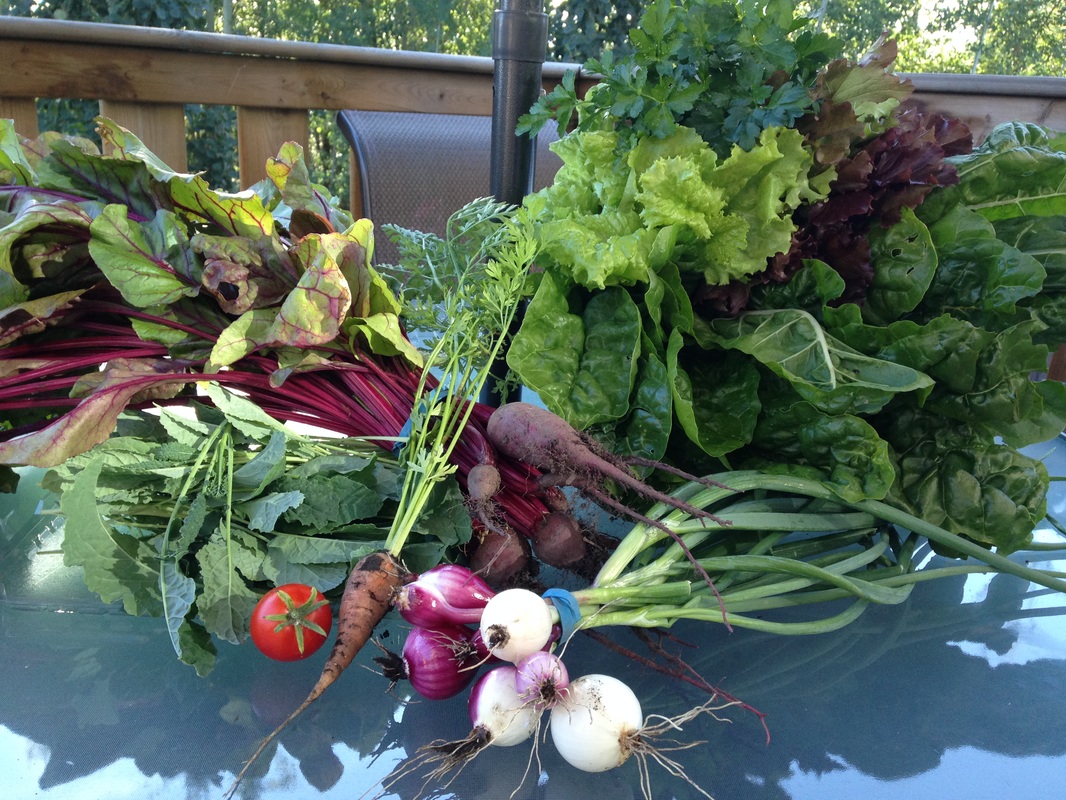
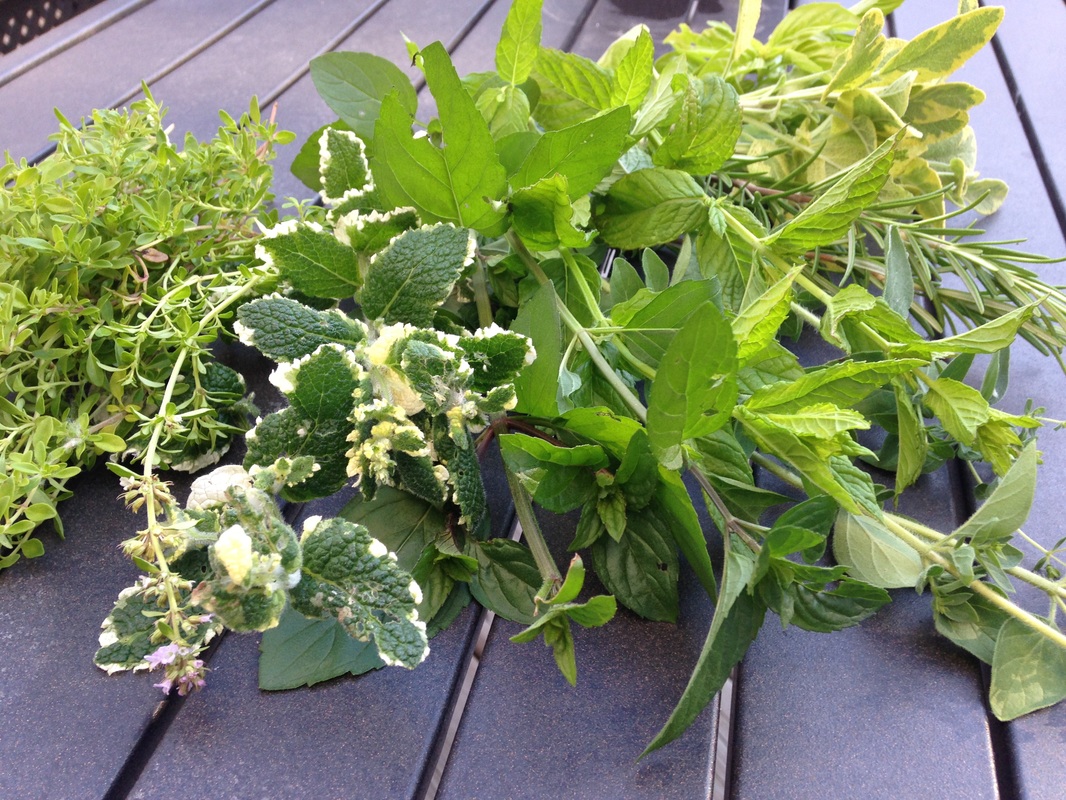
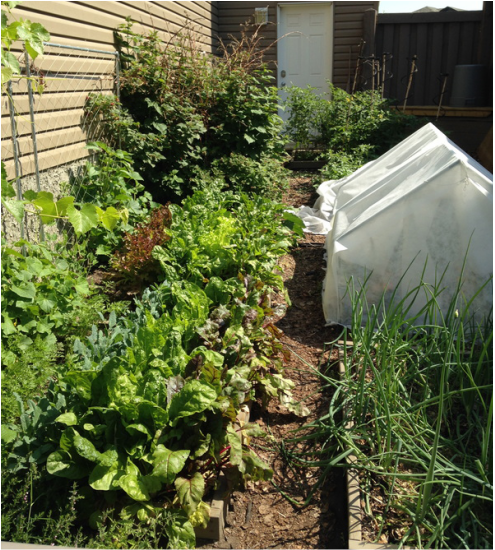
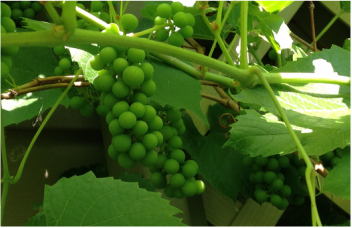
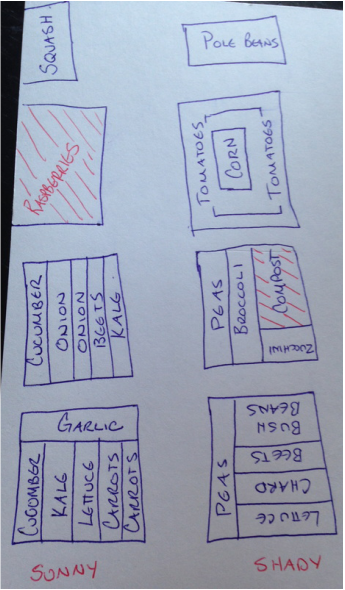
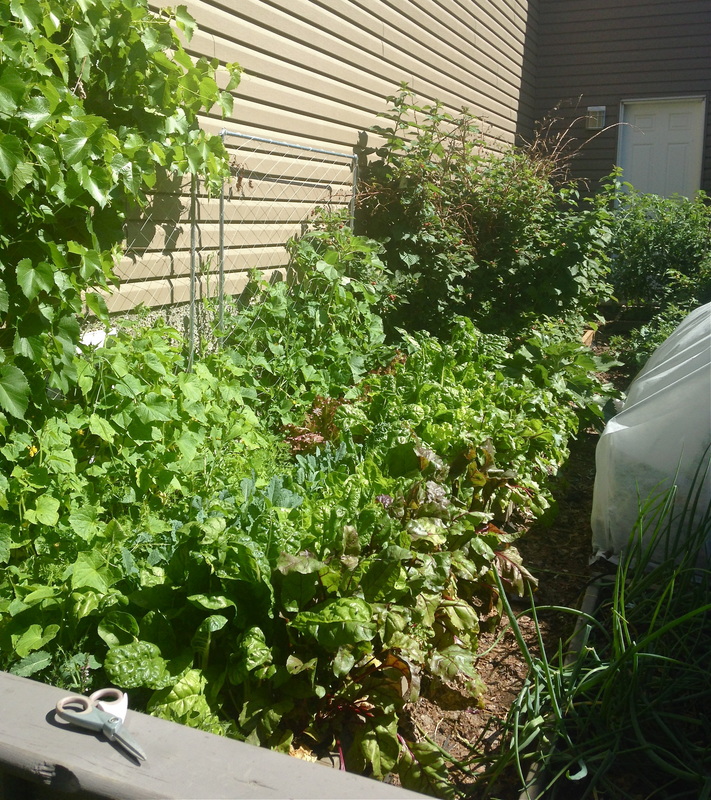
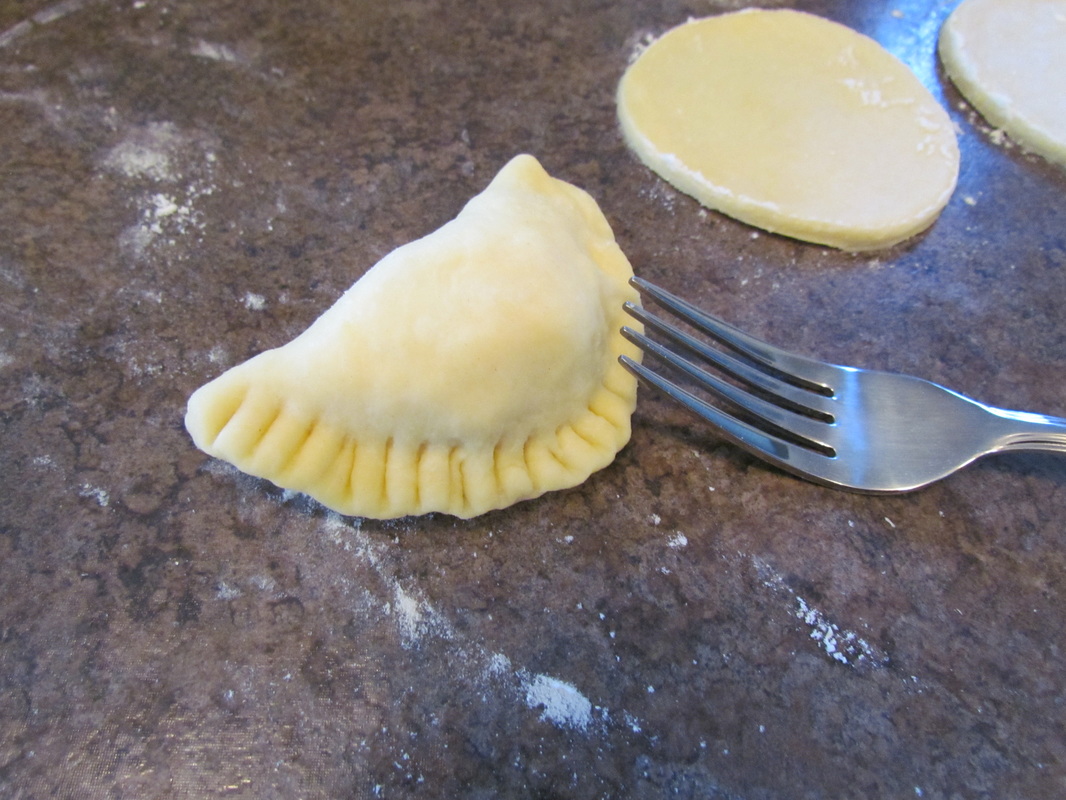
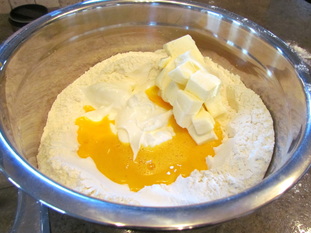
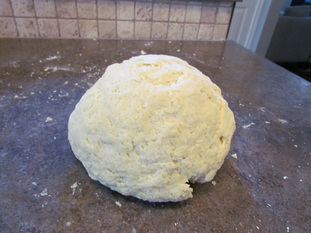
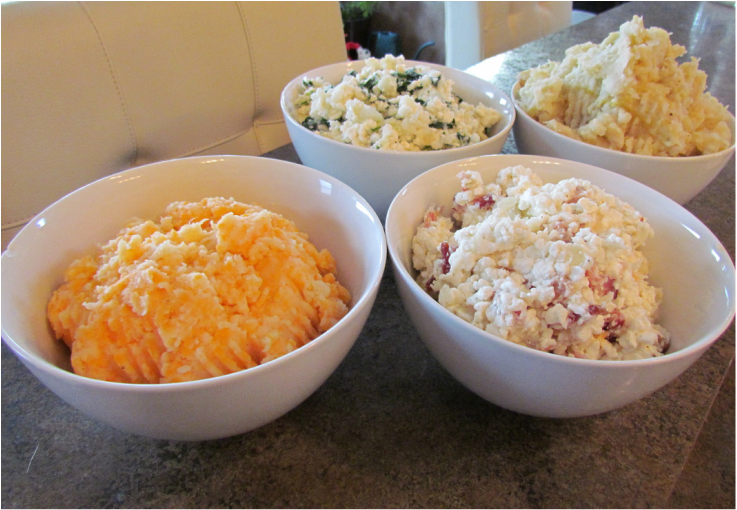
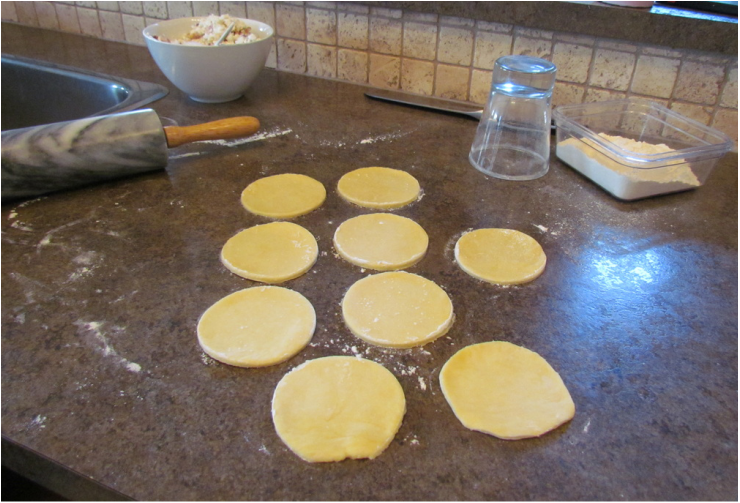
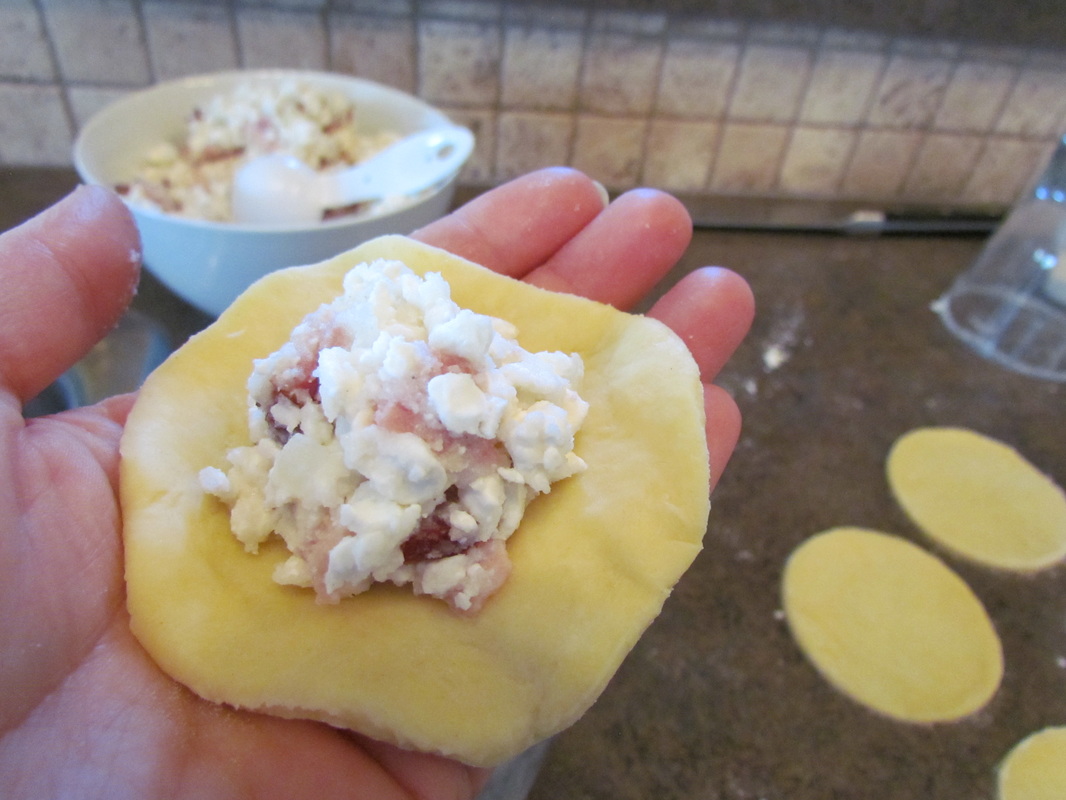
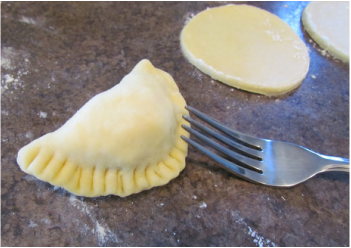
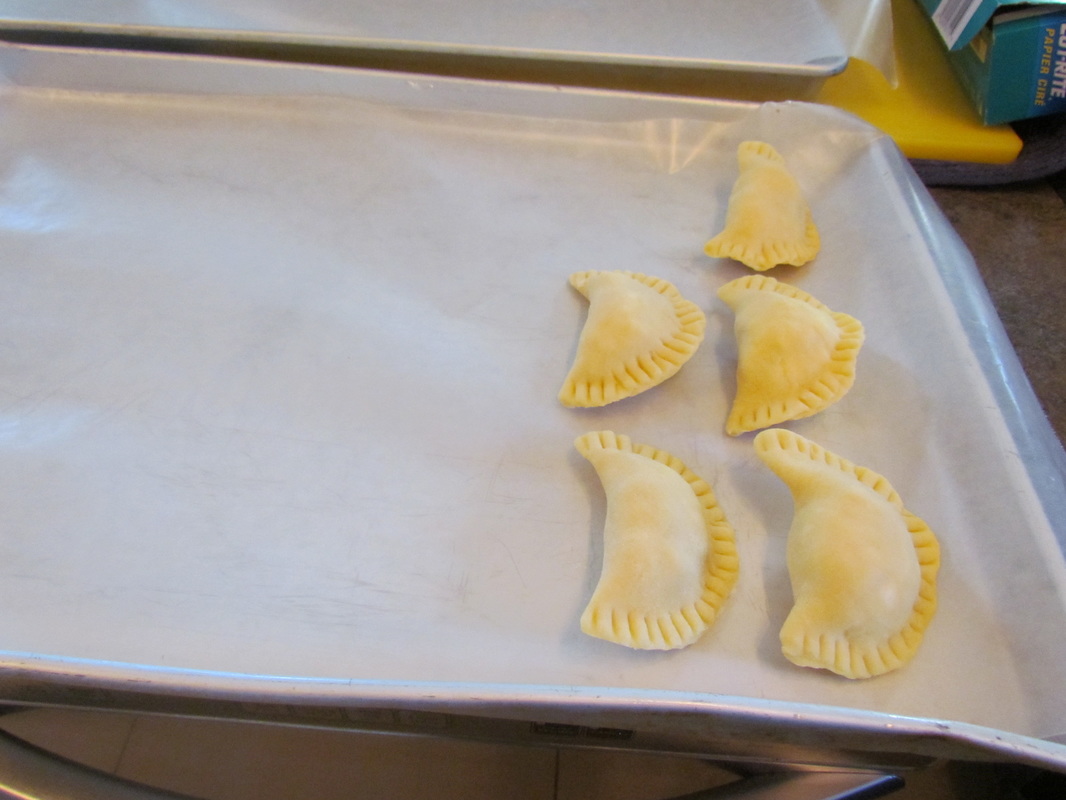
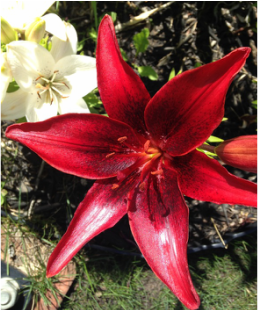
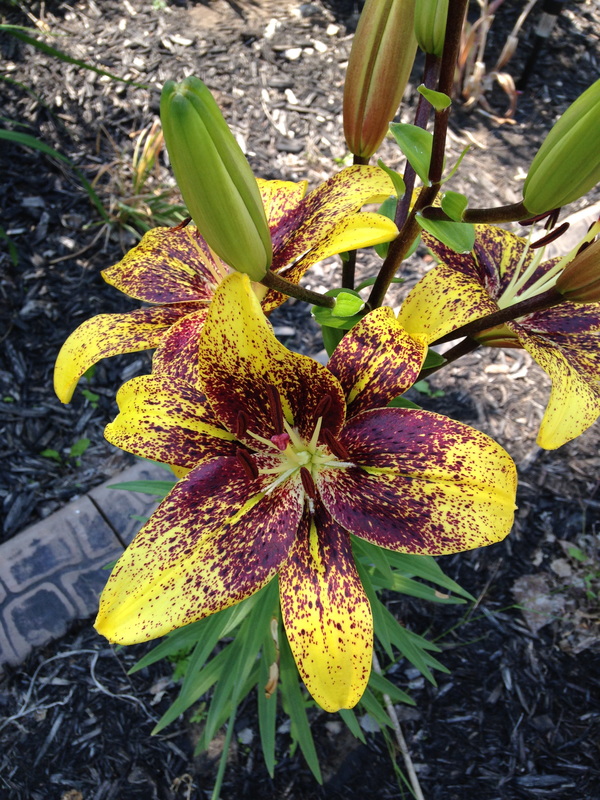
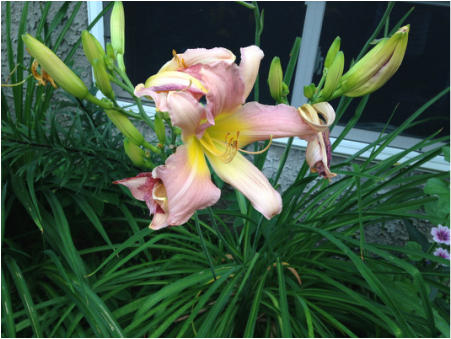
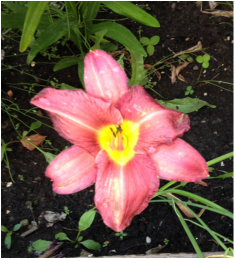
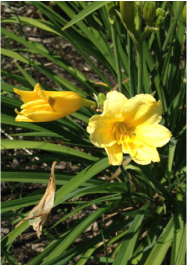
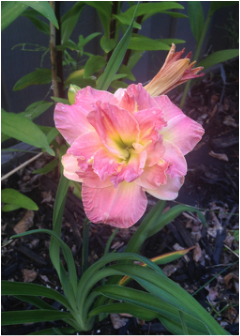
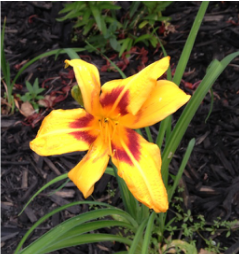
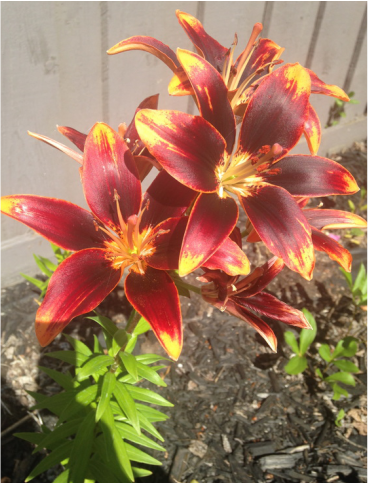
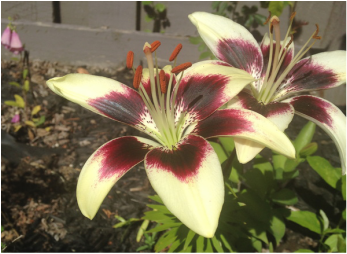
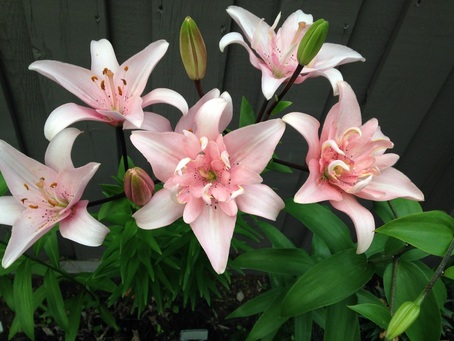
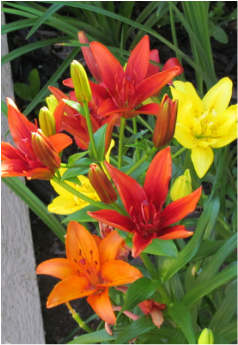
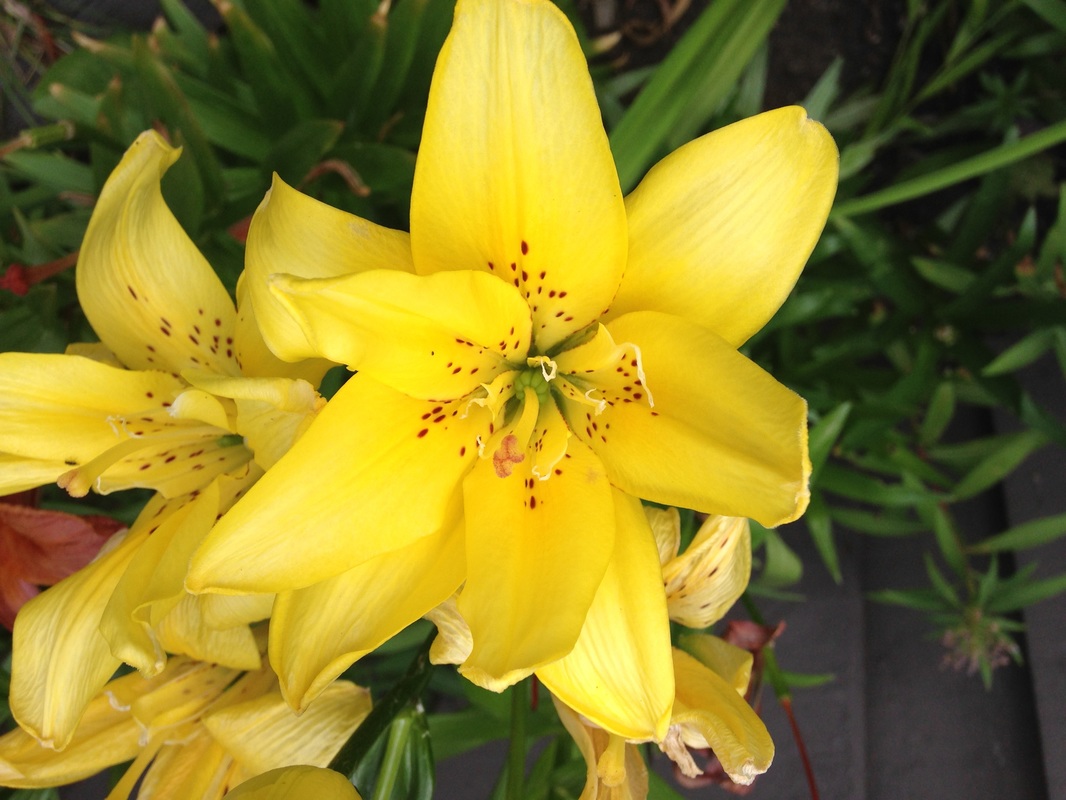
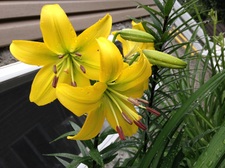
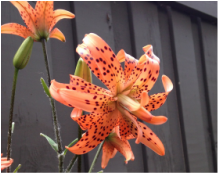
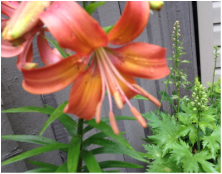
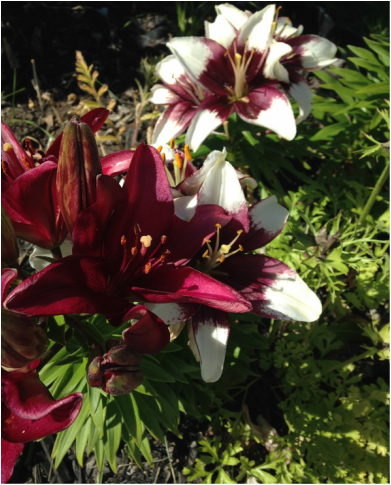
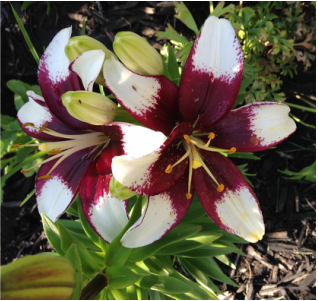
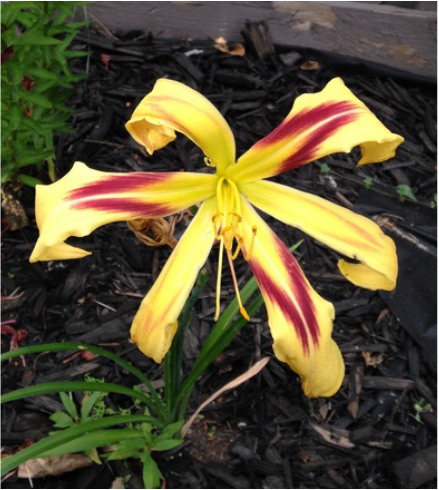
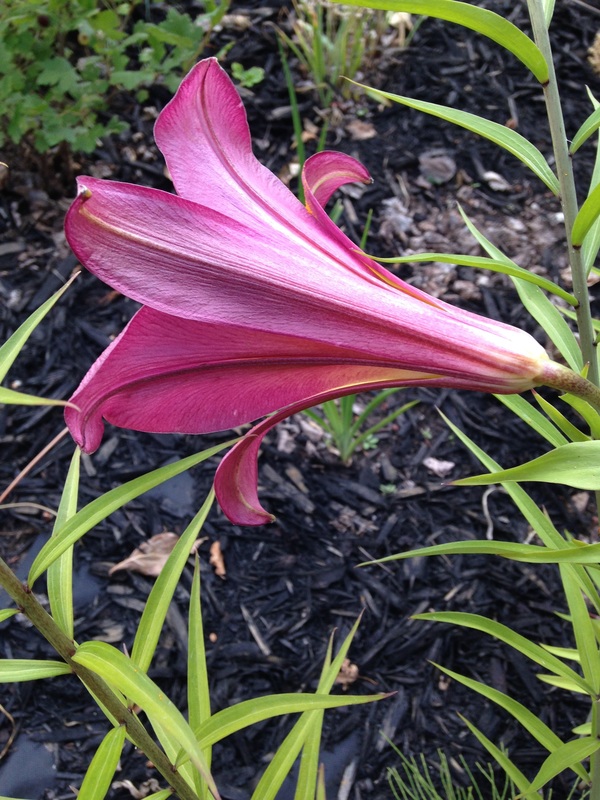
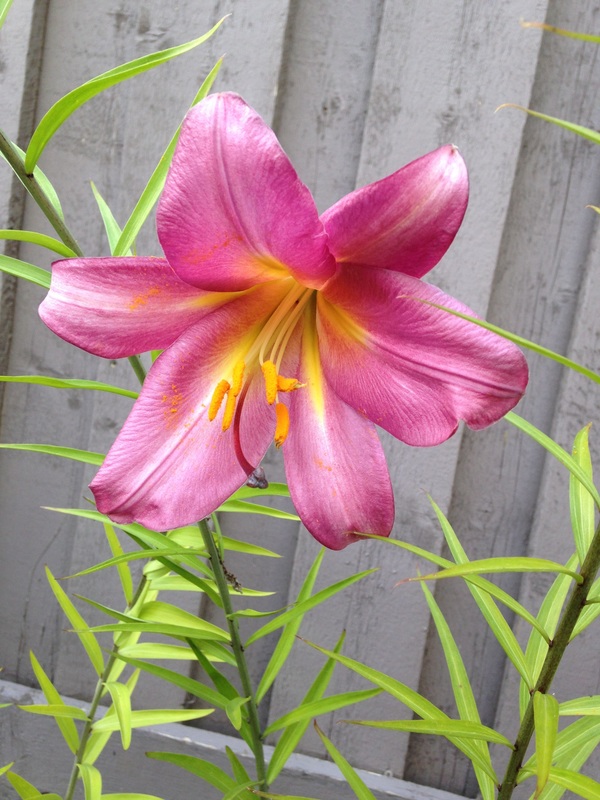
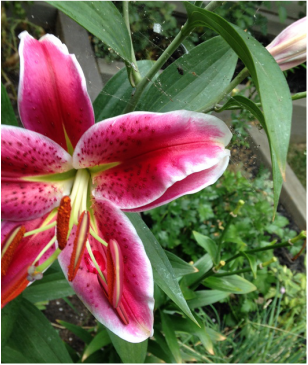
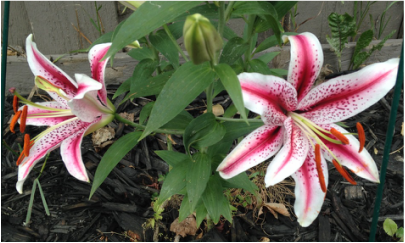
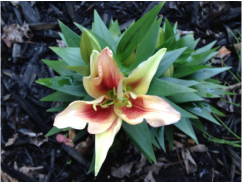
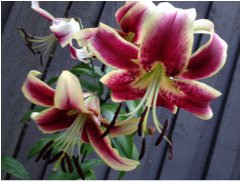
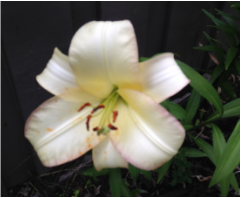
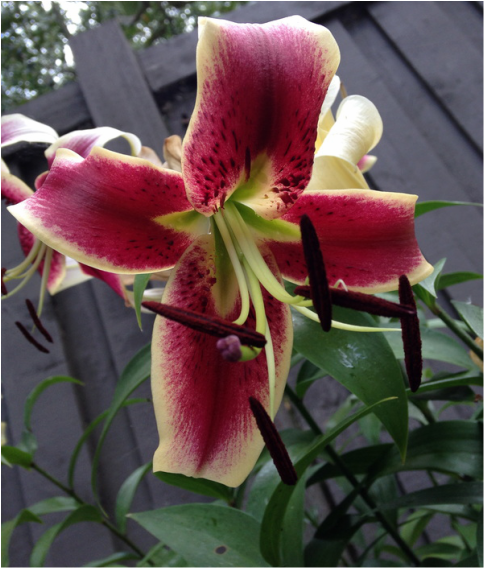
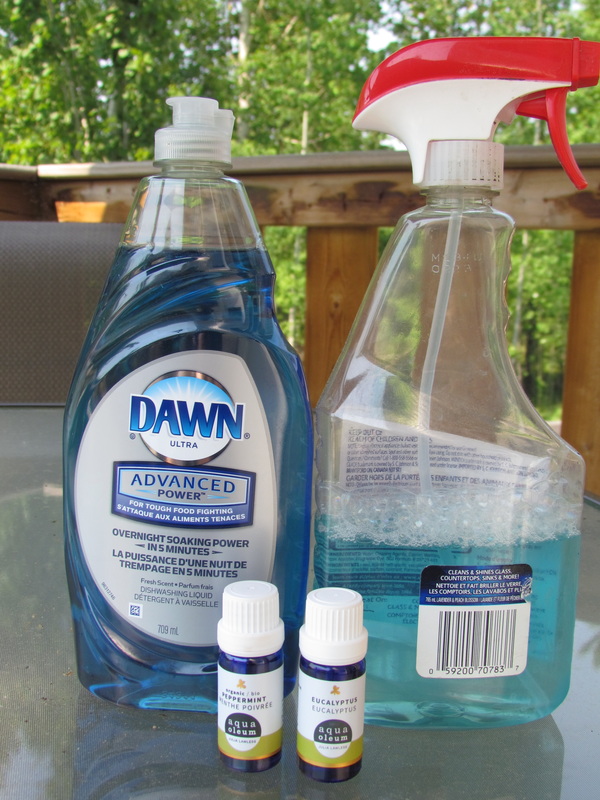
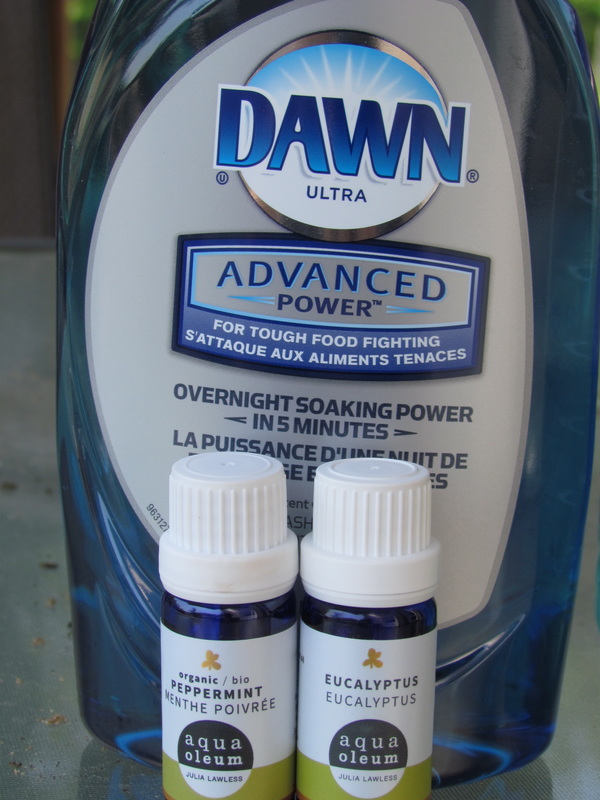
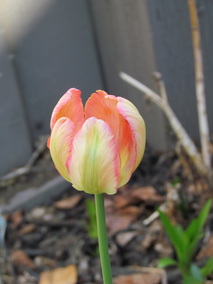
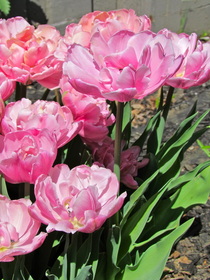
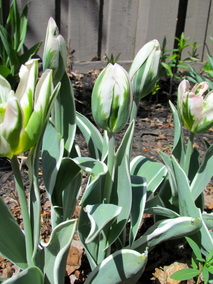
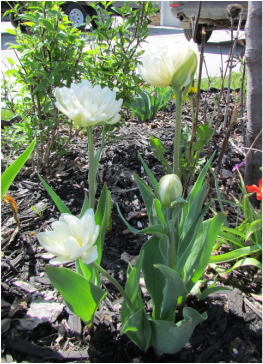
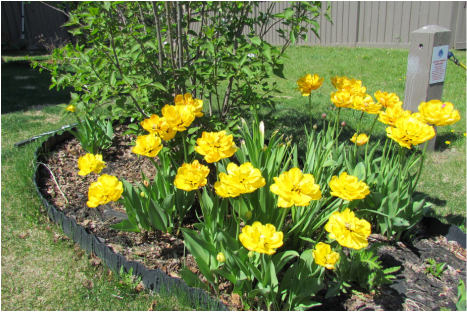
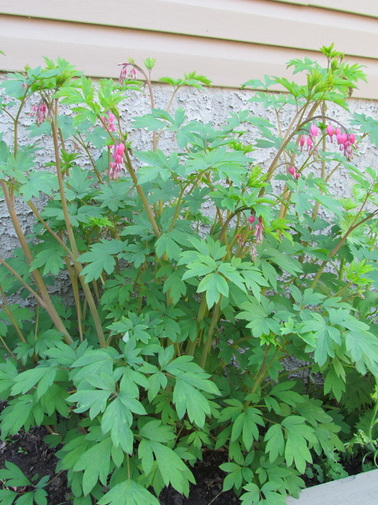
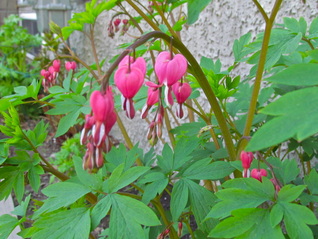
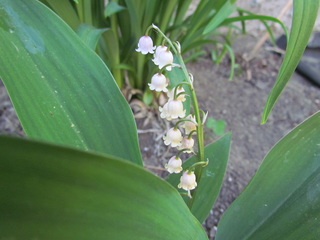
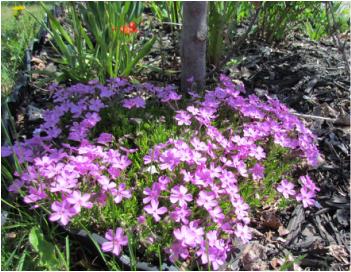

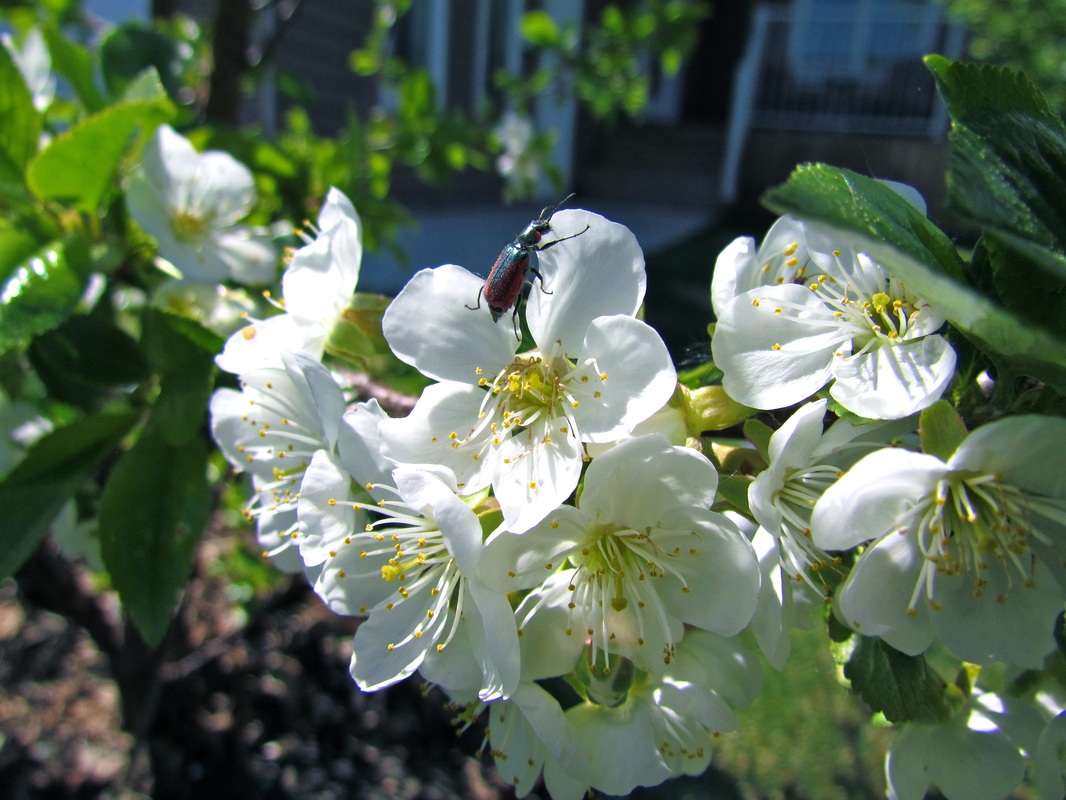
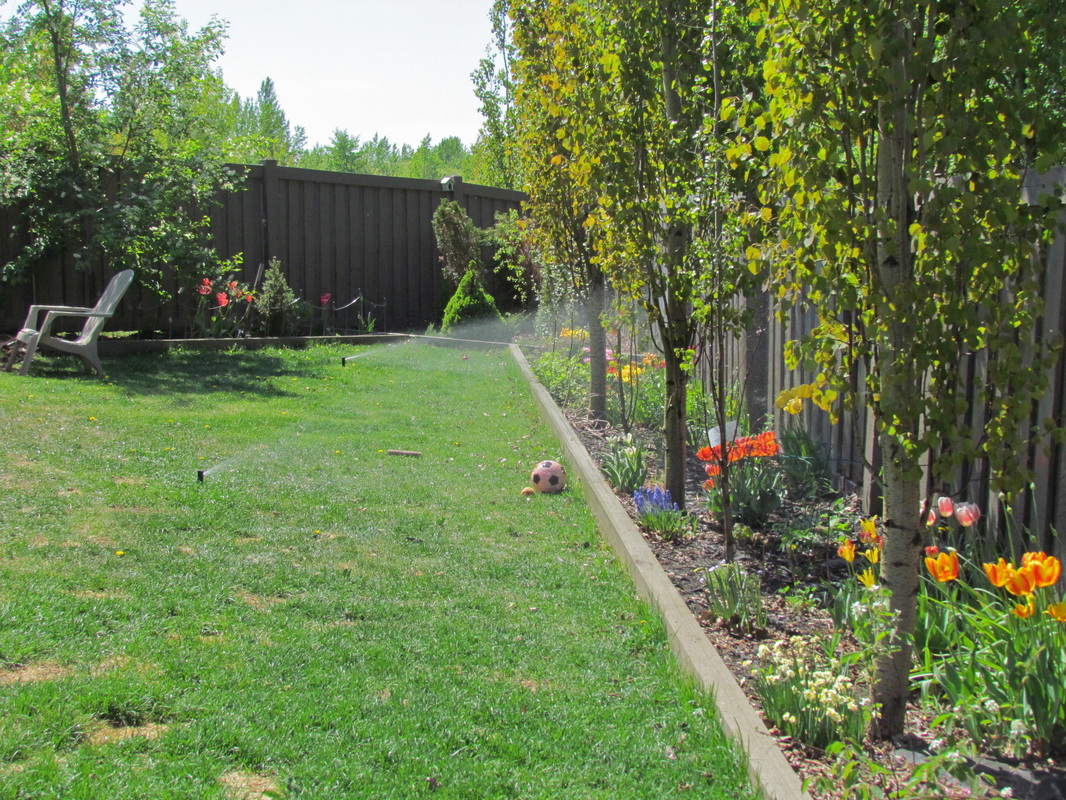
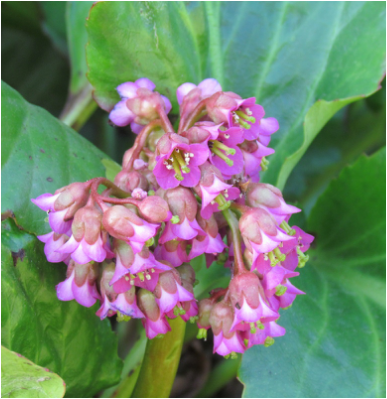
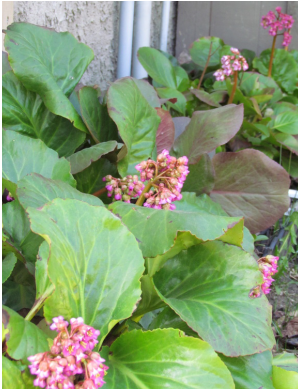
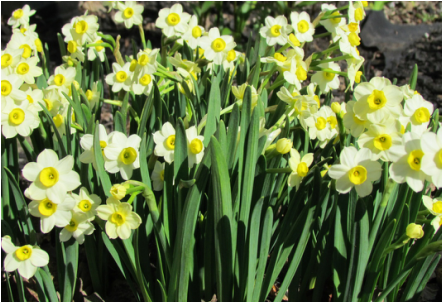
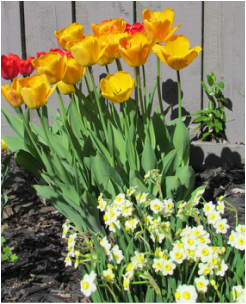
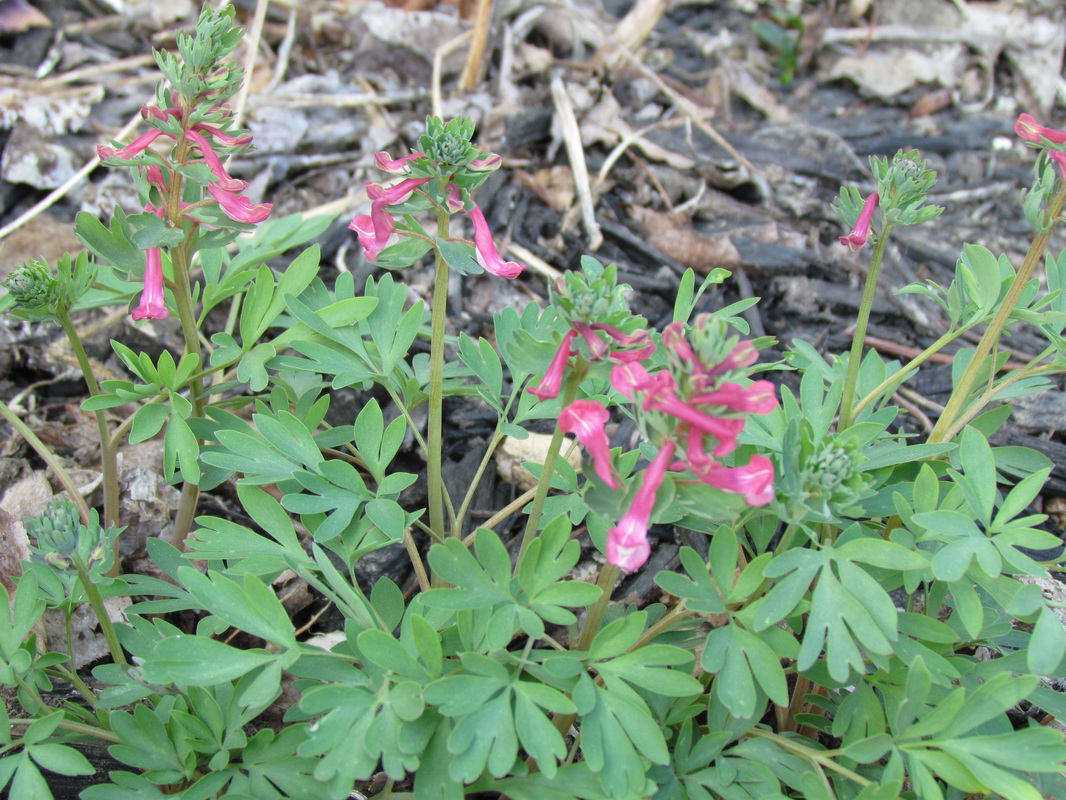
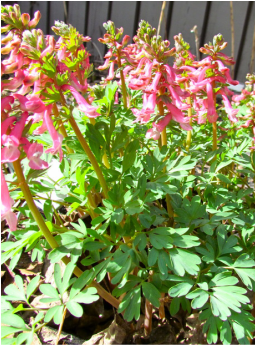
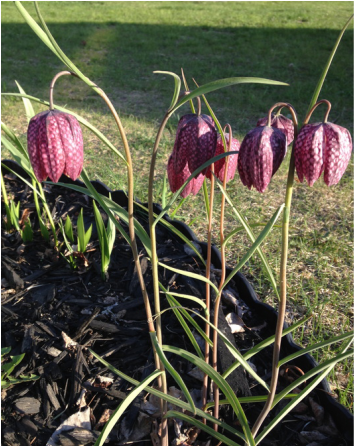
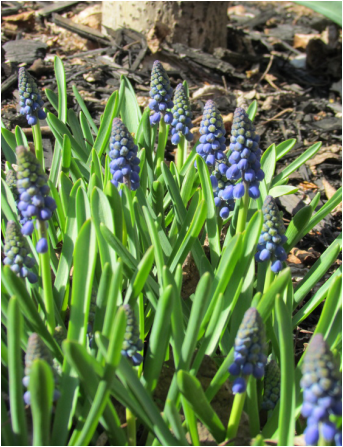
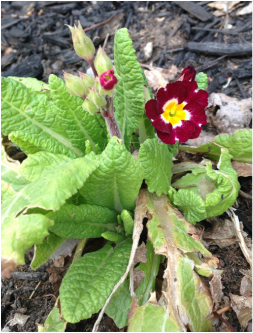
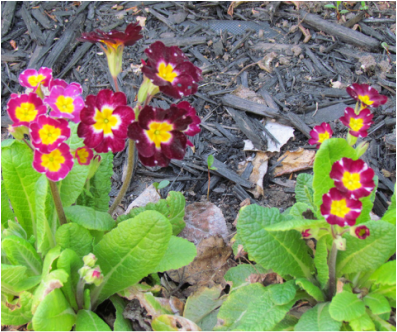
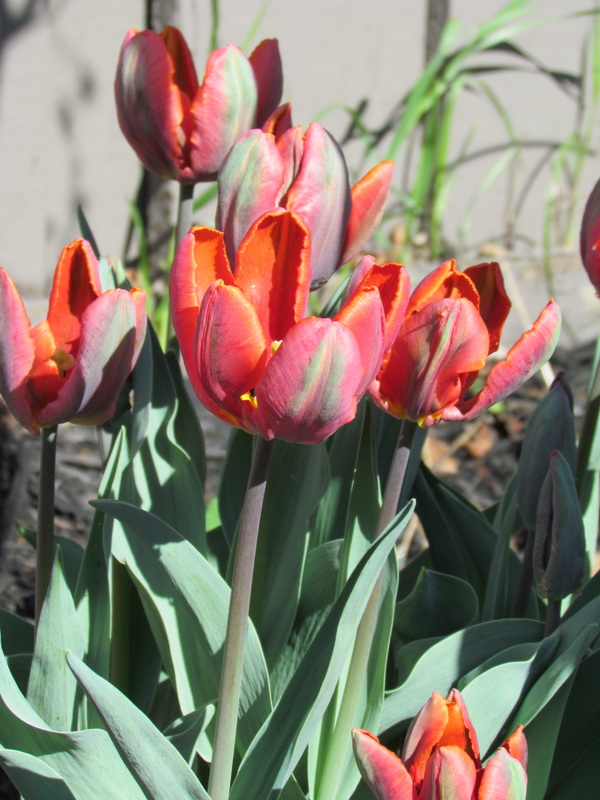
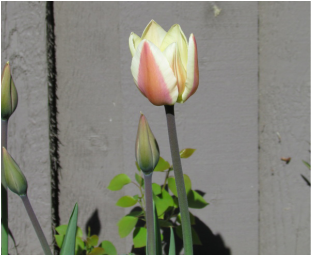
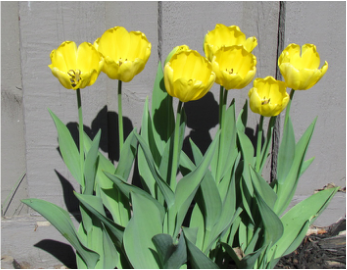
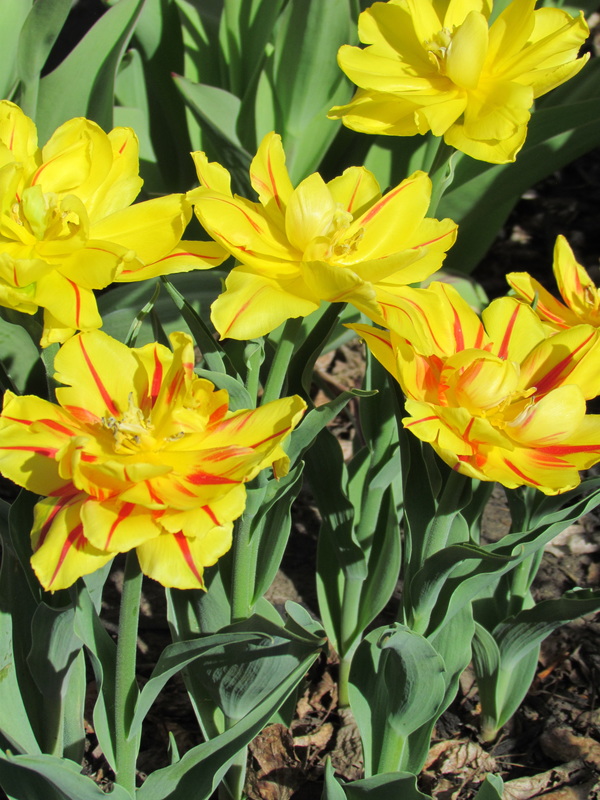
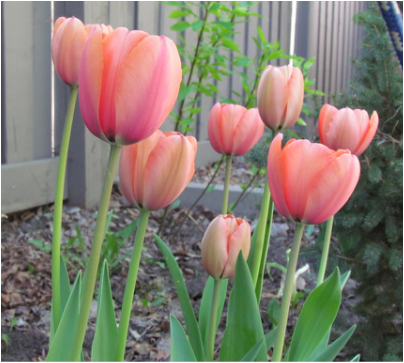
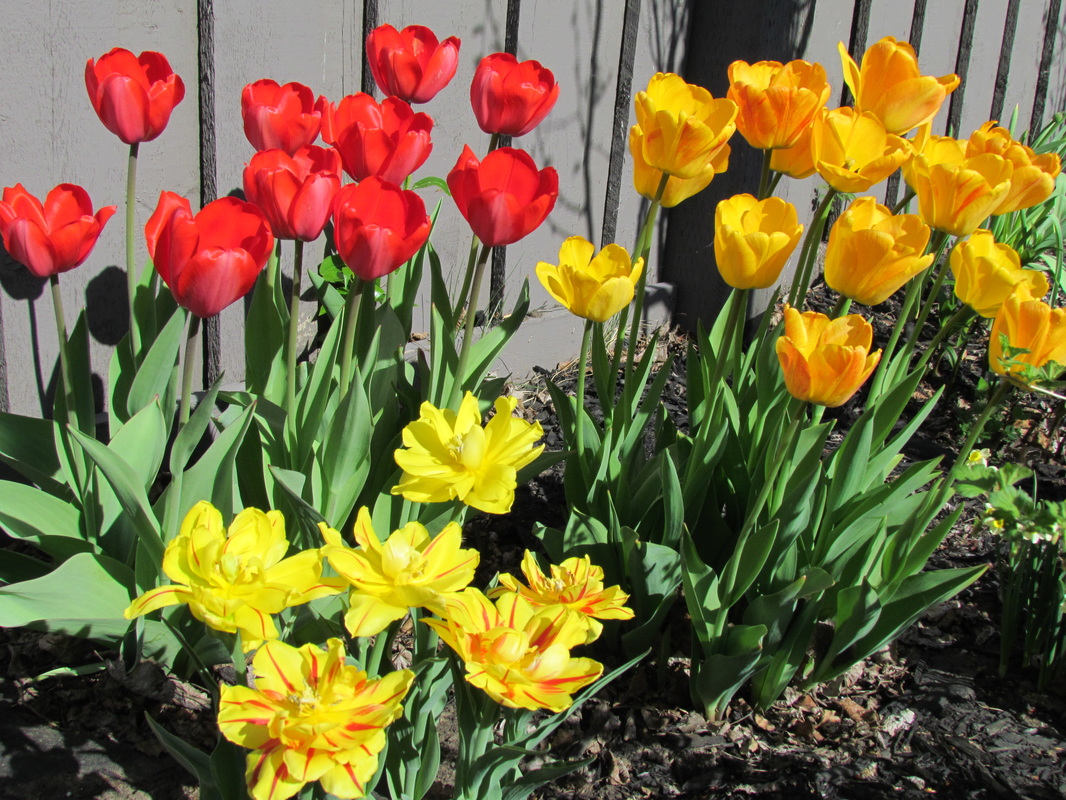
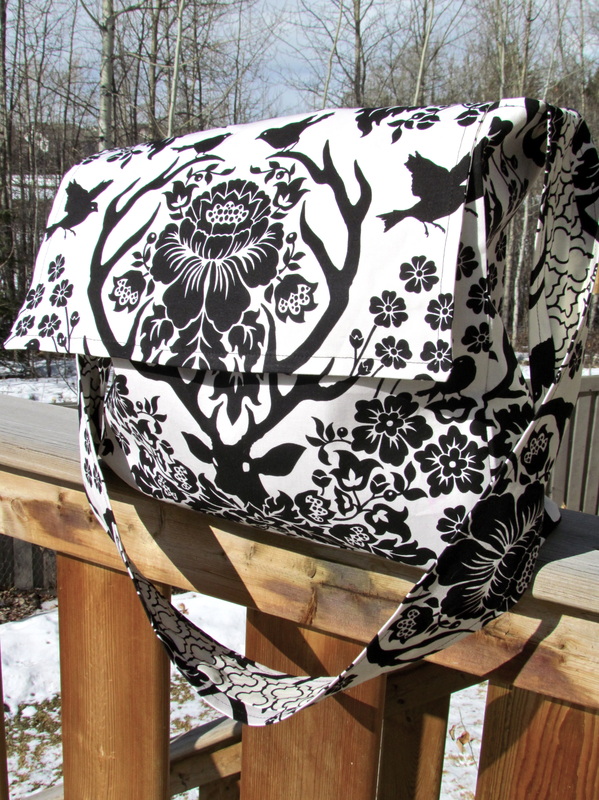
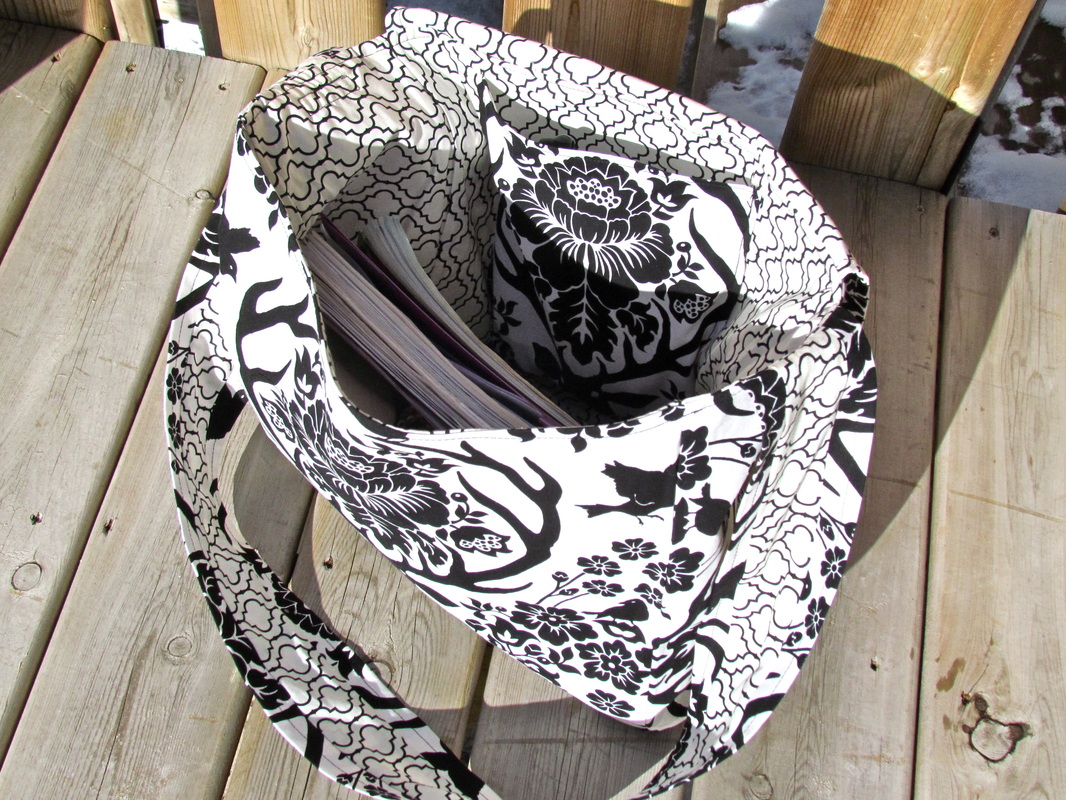
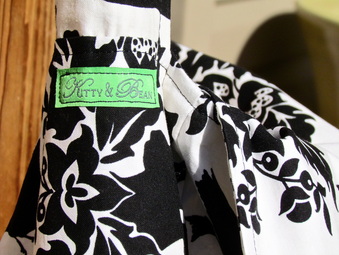
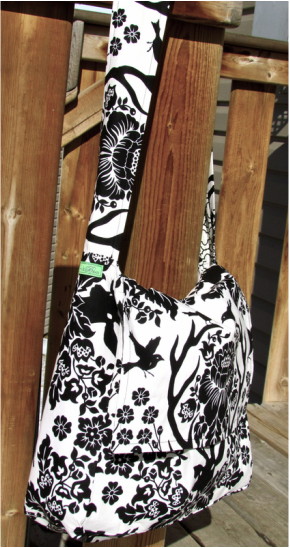
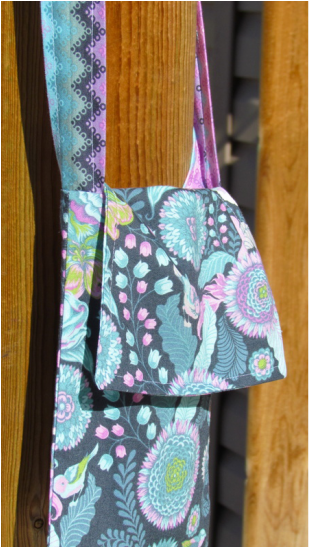
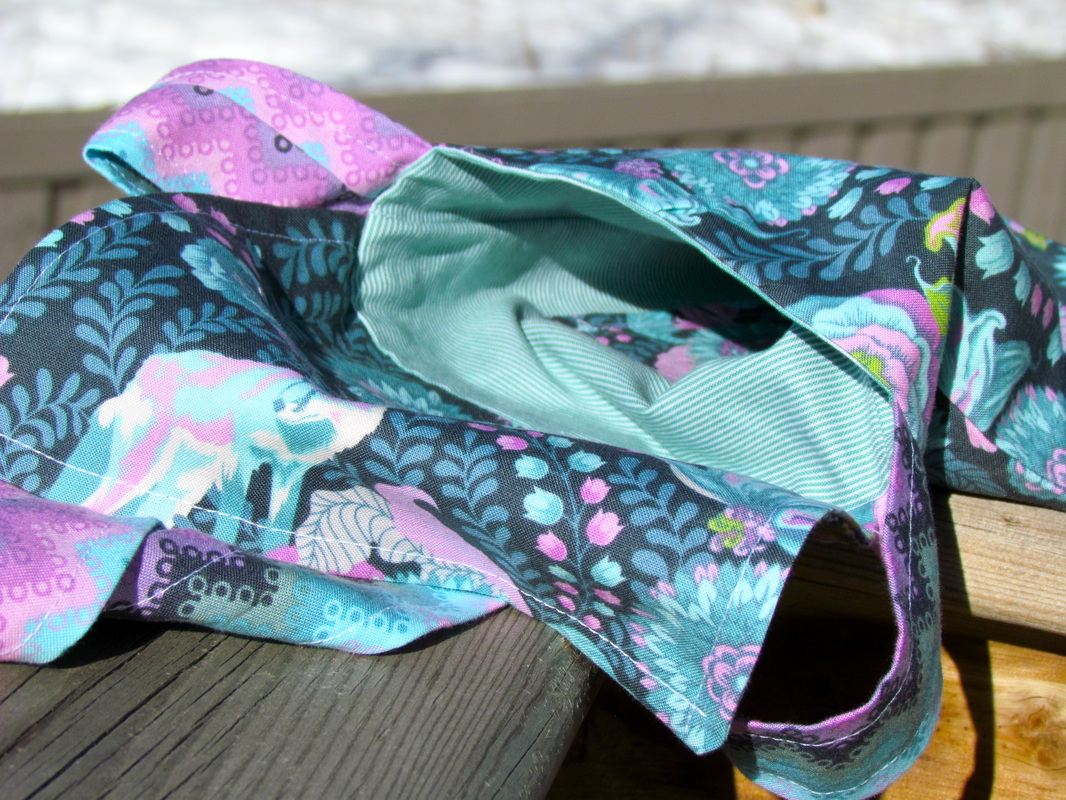
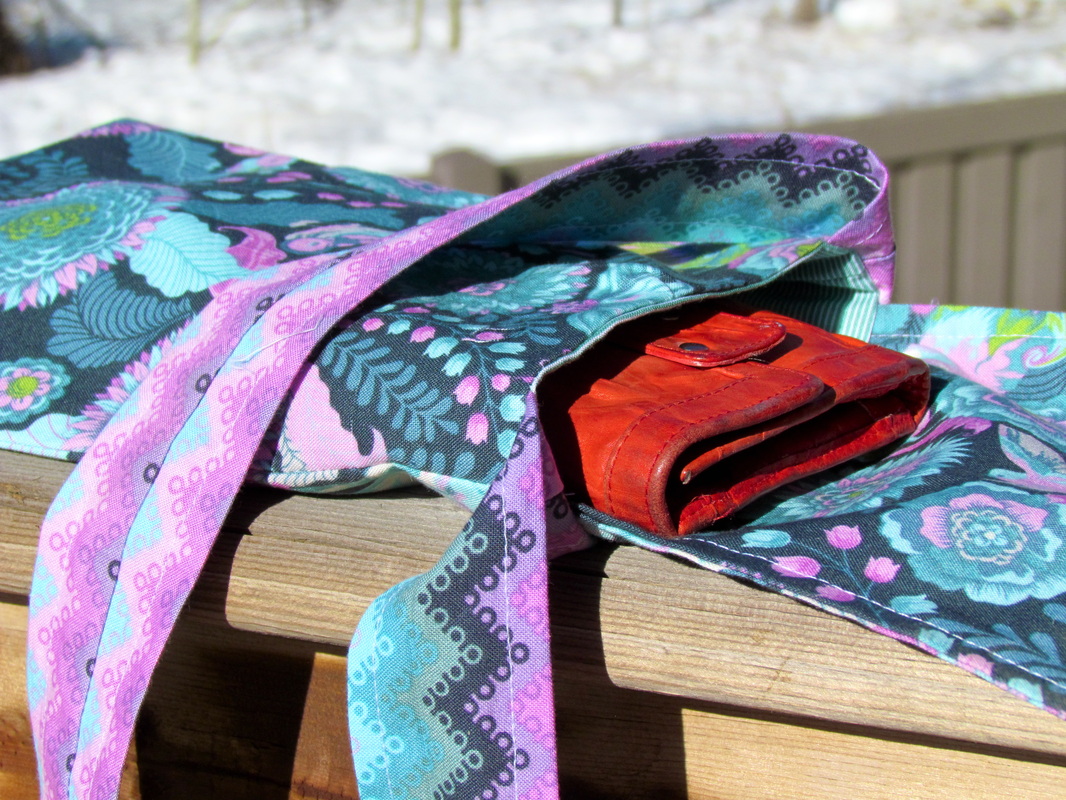
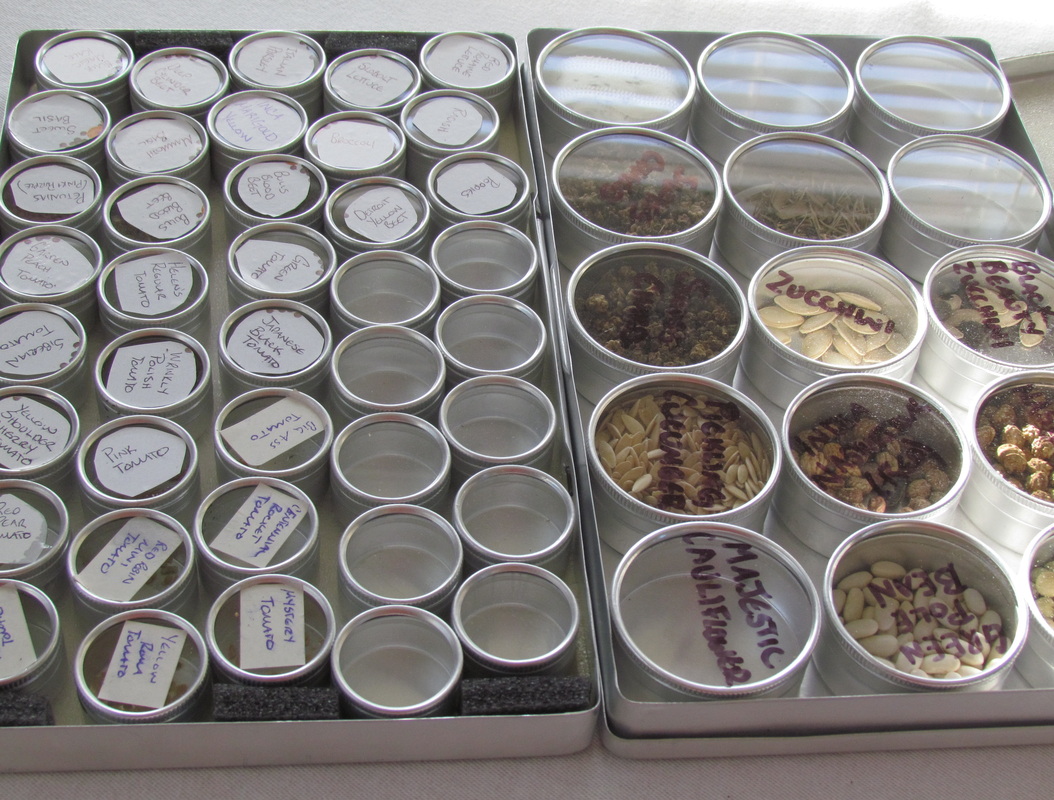
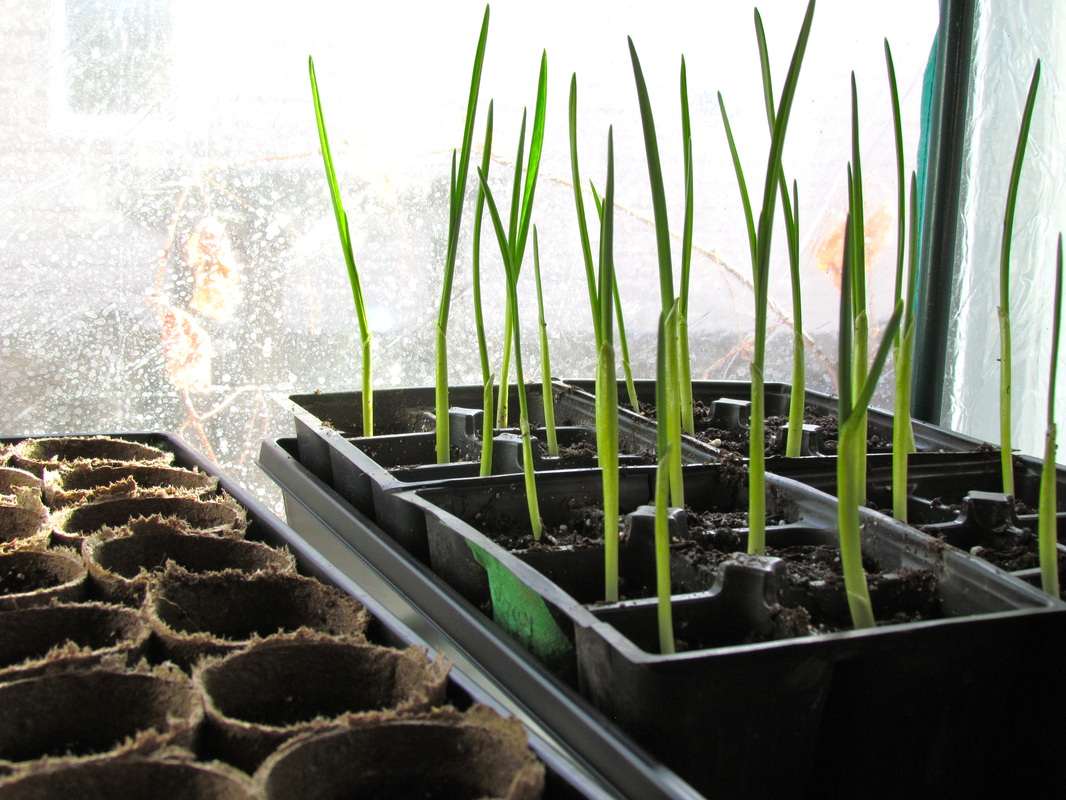
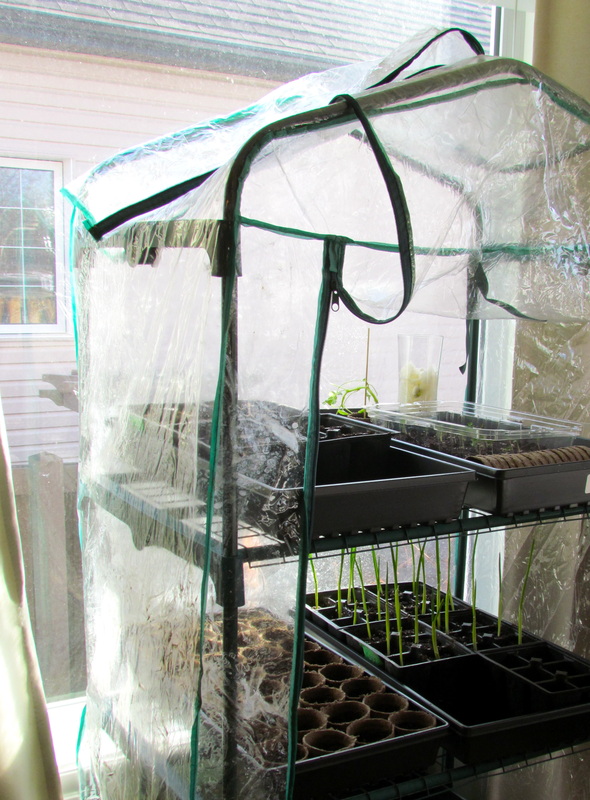
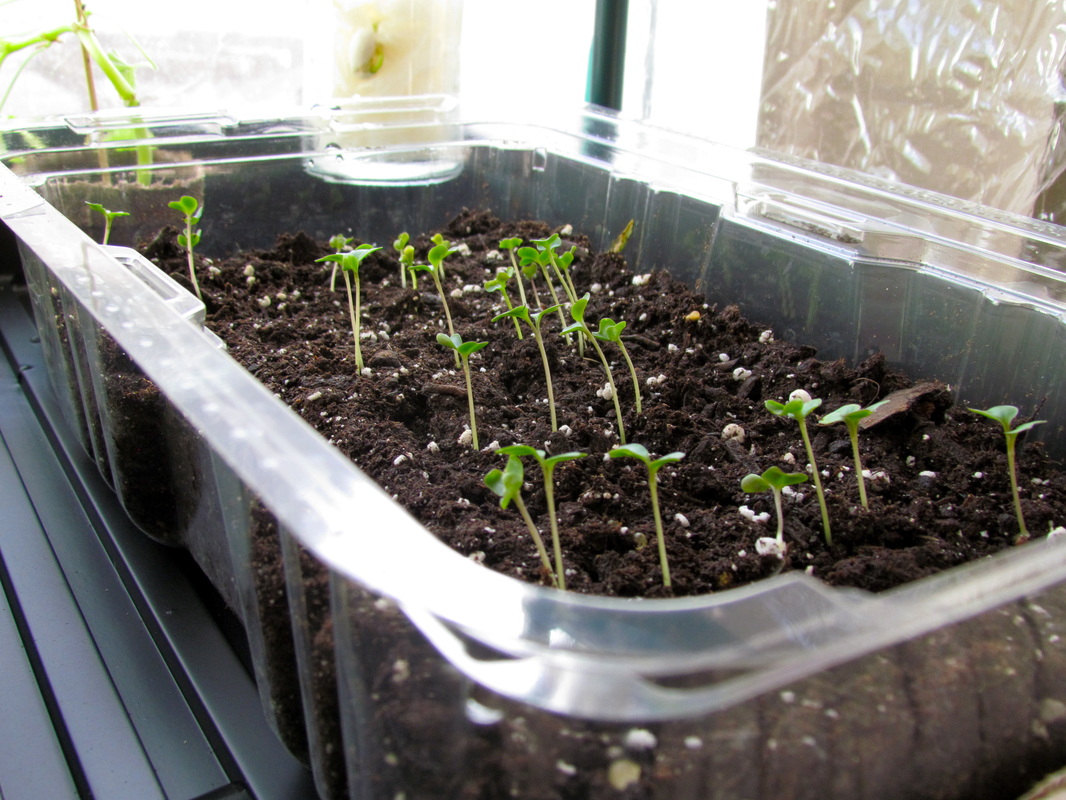
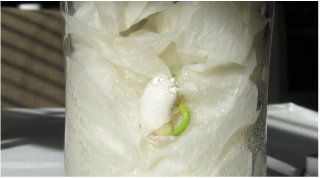

 RSS Feed
RSS Feed